“Great achievement is usually born of great sacrifice, and is never the result of selfishness.”
– Napoleon Hill
It was a sultry, rainy Thursday afternoon. After lunching with his colleagues in the faculty of Science, the professor stepped out into the downpour to cross the road. Vehicles flitted in every direction. The road was wet and slippery. He absent-mindedly hurried across the road from behind a cab. To his utter bewilderment, he found himself caught in the path of a speeding dray*. In panic, he grabbed the horse’s chest and tried to hang on. The terrified horse reared violently. The professor fell down on to the slushy street. The driver of the dray tried to stop the horse. But the horse was too excited to care. It raced ahead. The heavy cart came to a halt after a while. But it was too late. The rear wheels of the six-ton cart had already crushed the fallen man. Police came running. They lifted up the fallen man from the rain drenched road. But he was already dead. The date was 19 April 1906 and the place, the French capital Paris.
The person who lost his life in that freak Paris road accident was an accomplished science educator and researcher named Pierre Curie. Pierre was just forty-six years old at the time of his tragic death. His family comprised of his wife Marie Curie and their two daughters. The Curies had been married for just over a decade. Three years earlier, in 1903, the couple had shared the Nobel Prize in Physics with another researcher. Their firstborn child, Irene, followed her parents’ path to win, along with her husband Frederic Joliot, the Nobel Prize in Chemistry in the year 1935. The younger one Eve became an author and journalist. (Her writings include a biography of her mother). Incidentally, Eve was the director of UNICEF when it won the Nobel Peace Prize in 1965.
Maria Skolodowska was born in Warsaw, Poland in the year 1867. Her father was a schoolteacher with very limited means. Yet, he sent his bright and promising daughter Maria to France for higher studies. Maria arrived in Paris in the year 1891. Her Paris days were punishing. Her father had been sending a sum of 40 Roubles a month, which worked out to around 3 Francs a day on an average. Maria had to live and learn in a strange land far away from her home on that paltry sum. Consequently, poverty became her constant companion. For weeks and months, she survived on just bread and water. In the chilling winter nights of Paris, in order to save money, she often slept without lighting her coal stove. Malnourishment turned her weaker by the hour. She often fainted because of her fatigue. Her pale and anaemic complexion gave the impression that she was suffering from some chronic illness. But the painful reality was that starvation alone was her sole health issue.
The first meeting between Maria and Pierre Curie occurred in 1894. Their relationship was a purely professional one to start with. Pierre was also a teacher and researcher who remained unmarried at the age of thirty-five. Pierre liked this sickly looking foreign girl with a strange name. He understood her poverty. He also realized that his own financial situation too was nothing to write home about. He proposed to her. But Maria had never thought of anything outside her studies. She was unsure whether she could afford a family life. So, she sought time to think. It took her ten months to reach a decision. She accepted Pierre’s proposal. Maria Skolodowska thus became Marie Curie.
Time went on. The life of the couple stayed busy in the hustle and bustle of learning, researching and teaching. In the meanwhile, Marie had obtained a couple of university degrees and fellowships. But her heart had always been set on scientific research. She planned to work for a Doctoral Degree in science and started searching for a research topic. In the course of that search, she came across a publication by Henry Becquerel, a scientist who would later share the Nobel Price for Physics with the Curies. Becquerel had observed that the ore from which Uranium was extracted contained some substance that glowed by itself to send out a special kind of highly powerful rays. He had also observed that the rays that emanated from the mysterious substance would pass through almost every obstacle placed in its path. Marie named this phenomenon Radioactivity. But none in the world knew the exact substance behind the radioactivity.
Thus, the discovery of the presence of radioactivity presented two challenges. One was to identify the mysterious material that was producing the radioactivity. The other was to develop a process to isolate that secret substance from its mixture. So, Marie decided to take these challenges as her topic for her Doctoral research. She had a notion that the hidden substance could be a hitherto unknown chemical element.
The first hurdle in her research path was the lack of access to a proper laboratory. To set up a research facility on their own was simply unthinkable for the couple. Eventually, they secured some space in an old storeroom of the institution where Pierre was teaching. The place was in an extremely rundown state. The space and equipment they could arrange were pathetically inadequate for such an ambitions mission. But Marie had no choice and the wretchedness of the situation could not dampen her curiosity and her spirit of determination. The tedious research process was commenced with whatever resources could be arranged. Since Pierre realized that the research area chosen by his wife had the potential for historic scientific breakthroughs, he opted to suspend his own independent research to join the search for the shining mystery element hiding in the uranium ore.
With the desperation of a child in frantic search of his missing toy, the couple went ahead looking for, what may be described as a needle in the haystack. In her own words, “A scientist in his laboratory is not a mere technician: he is also a child confronting natural phenomena that impress him as though they were fairy tales”. They toiled day and night. The progress was slow and painful. The Curie couple had undertaken the research to locate just one radioactive chemical element remaining concealed in the residue left after extraction of Uranium. But, the research actually brought out two new chemical elements. Marie named the element discovered in July 1898, as Poloniumin the memory of her native land Poland. In December the same year, the second element Radium was discovered.
The discoveries of Radium and Polonium shattered several fundamental scientific theories considered true for centuries. So, the scientific community was circumspect. None had seen radium. None knew its atomic weight. Science would not accept the existence of Radium unless these basic requirements were met to its satisfaction. The Curies had to isolate Radium in its pure form to secure its acceptance by the scientific world. It was a tougher mission calling for the processing of huge quantities of the mixture in which Radium remained hidden after the extraction of Uranium. It also posed another challenge for the Curies. They had to scale up the research facilities. They managed to get an unused shed by the side of their existing research station. The ramshackle shed they obtained as additional space was once used by a medical research group for keeping dead bodies. The Curies were able to get it since the place had become unfit even for keeping cadavers.
The couple kept on with the research in the new ‘laboratory’. Limitations were galore and often daunting and unnerving. One needed steely nerves to stand the discomforts and restrictions of their miserable situation. In spite of all their resolves not to give up in the face of challenges and pains, there were occasions when Pierre thought of suspending all research activities for recommencement later under better circumstances. But his wife was too passionate and dedicated to give in to any such suggestions. Scientific research was her lifeblood. She could never consider calling it quits even for a temporary period. At last, after forty-five months of massive struggles and unimaginable sufferings, in 1902 the Curies were able to extract one decigram of pure Radium. It was moment to celebrate in the history of scientific research.
Pure Radium in its Chloride form resembles common salt that we use in our kitchens. But the radiation it emitted was 2 million times stronger in comparison to the emissions from Uranium. Almost nothing other than a thick wall of lead could stop its rays. Radium was useful in many ways. For humanity, the discovery of radium became a great boon in view of its use in the treatment of the dreaded Cancer disease. So, among other things, Radium was a lifesaver.
The price of a gram of pure Radium was then estimated to be US$ 100,000. This figure would give an idea of the financial implications of the discovery of Radium. Only two people in the whole world held the knowledge of this rare element and the technology to isolate it. Those two people were the Curies. They had been battling serious problems arising out of sheer poverty all their lives. Marie Curie once said, “I have no dress except the one I wear every day. If you are going to be kind enough to give me one, please let it be practical and dark so that I can put it on afterwards to go to the laboratory”. The discovery of radium was their opportunity to put their poverty behind. The couple sat on a phenomenal treasure chest, the key to which was in their hands. The world was making a scramble for that key.
“We have two choices”, Pierre told his wife. “We can describe our results without reserve, including the process of purification…Or else we can consider ourselves to be the proprietors, the ‘inventors’ of radium, patent the technique of treating pitchblende**, and assure ourselves of rights over the manufacture of radium throughout the world”. Marie thought for a moment and said, “It is impossible. It would be contrary to the scientific spirit….If our discovery has a commercial feature, that is an accident by which we must not profit…And radium is going to be of use in treating a terminal disease…It is impossible to take advantage of that.” The Curies shared the key of their treasure chest with the world for free.
In 1903, the Curie couple shared the Nobel Prize in Physics with Henry Becquerel, the scientist who came up with the first hints of the mysterious element. The prize money had helped the Curies to retrieve their financial situation from the brink of bankruptcy. But Madame Curie did not care to buy even a new hat for her own use. She continued wearing her old, threadbare hat. They took up teaching jobs to survive while continuing with their research activities. Then disaster struck Madame Curie, and struck her the hardest. Her life partner and research associate for over a decade and the father of her two children suddenly died in a tragic road accident. And Madame Curie became a widow even before she turned forty.
However, Madame Curie was too strong-willed a person to surrender her missions to the setbacks and tragedies she encountered in her life. She braved on and continued even more vigorously devoted to her research and teaching missions. She said, “Life is not easy for any of us. But what of that? We must have perseverance and above all confidence in ourselves. We must believe that we are gifted for something and that this thing must be attained.” In the year 1911, Madame Curie received her second Nobel Prize. This time it was in Chemistry. Thus, this great scientist created history by winning Nobel Prices in two different branches of science – Physics and Chemistry. And the record she thus set remains unbroken to this day.
The fame of Madame Curie spread all over the world. People hungered for a glimpse of this great lady who suffered so much for the sake of science. There was an avalanche of invitations from all corners of the globe. But Madame Curie had no appetite for publicity or fan following. She had always wanted to live a quiet life away from the public glare. She never cared for riches or renown. She believed that she had a mission and that she had to dedicate her life for it. Nothing else mattered to her. She said, “Be less curious about people and more curious about ideas”.
Exposure to radioactive substances is fraught with fatal consequences. The situation was even graver at a period during which the knowledge of risks and remedies related to radiation exposure was minimal. Madame Curie had spent a lifetime dealing with radioactive substances. Eventually she was afflicted with Cancer and became a victim of her own discovery.
On Friday, 6 July 1934, Madam Curie bid her final farewell to the world of scientific research that she had so passionately loved her entire life. Her funeral was a simple affair as her life had been. There was no large scale gathering or massive procession to accompany her on her final journey. There were no high dignitaries in attendance or pomp of greatness. There were no grandiloquent speeches or sole stirring eulogies. In the presence of a modest group of family, friends and co-workers, Madame Curie was buried beside her husband Pierre in the cemetery of Sceaux. In a world in the blind pursuit of wealth, fame and comforts of life, Marie Curie had set a model of selflessness, steadfastness and sufferings. Her love for science and humanity was incredibly noble and signally sacred. She remains the greatest woman scientist in history. Albert Einstein rightly said, “Marie Curie is, of all celebrated beings, the only one whom fame has not corrupted.”
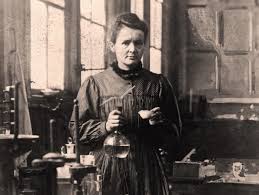

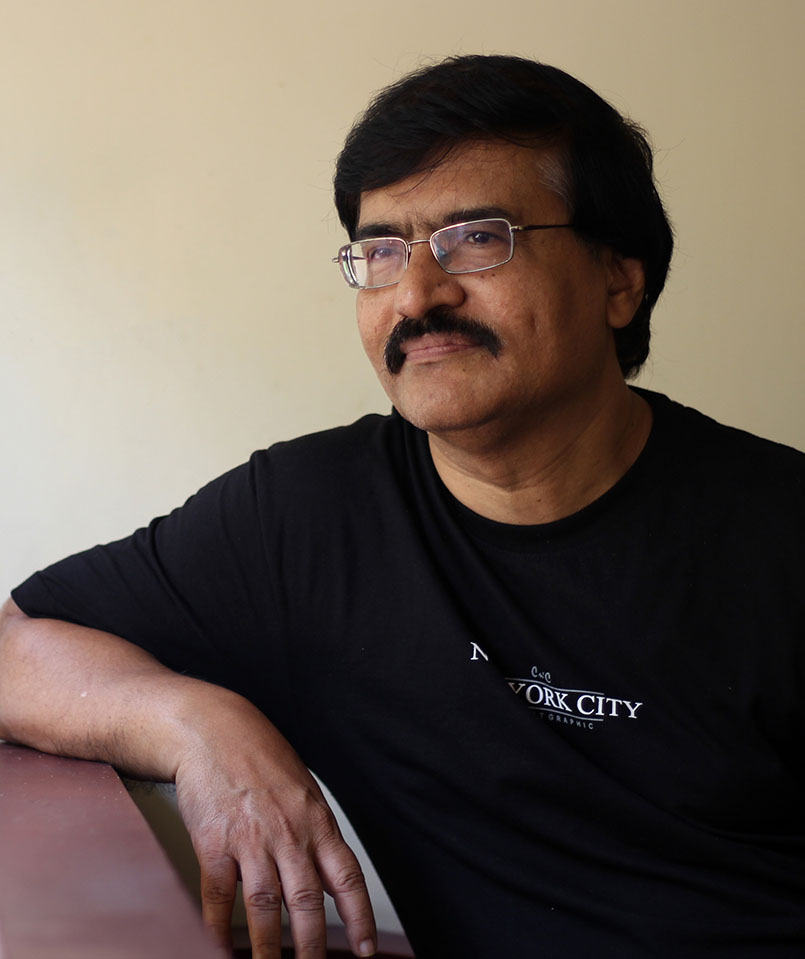

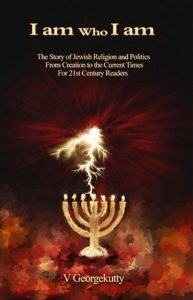




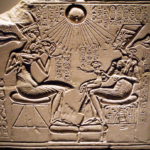

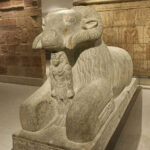
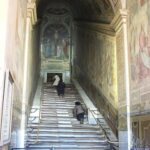
Dear Sir, So says the Bhagwad Gita:'You have the right to work only but never to its fruits.
Let not the fruits of action be your motive, nor let your attachment be to inaction.' 'Let us do good because it is good to do good; 'says the Karma-Yogi-Vivekanada.So beautifully embodied by the Curie's. Thank you for bringing out this beautiful piece of knowledge from the life of the Curie's. adarsh
Thanks Adarsh…
gkutty